Last year’s Gigabyte Aero 15X is our favorite high-performance gaming ultraportable, topping devices like the Razer Blade 15, the MSI GS65 Stealth Thin or the Asus ROG Zephyrus M in our lists.
As expected, Gigabyte are upgrading their popular line in 2019 with RTX graphics and more powerful CPU options, while keeping all the other aspects and traits unchanged.
That’s perfectly fine though, as the Aeros are well built, soberly styled and get a comfortable backlit keyboard, as well as all the needed ports on the sides, so they were in no need of an overhaul.
However, there are actually two high-tier Aeros available this year from what we know so far, an Aero 15-X9 with Nvidia RTX 2070 Max-Q graphics (which we’ve reviewed over here) and a 144 Hz high refresh-rate screen, but also an Aero 15-Y9 with the Intel Core i9-8950HK processor, Nvidia RTX 2080 Max-Q graphics and a wide-gamut UHD screen with 100% AdobeRGB coverage and Pantone certification.
Check out the specs-sheet below for more details.
| Gigabyte Aero 15-X9 – review | Gigabyte Aero 15-Y9 | |
| Screen | 15.6-inch – FHD 144 Hz matte, UHD 60 Hz 100% aRGB matte | 15.6-inch – UHD 60 Hz 100% aRGB matte, Pantone certified |
| Processor | up to Core i9-8950HK | up to Core i9-8950HK |
| Video | Nvidia RTX 2070 Max-Q, with Optimus | Nvidia RTX 2080 Max-Q, with Optimus |
| Memory | up to 32 GB DDR4 (2x DIMMs) | |
| Storage | 2x M.2 PCIe, come with Intel 760p SSDs | |
| Ports | 3x USB-A 3.1, 1x USB-C with Thunderbolt 3, HDMI 2.0, miniDP 1.4, LAN, SD card reader, mic/earphone | |
| Battery | 94.2 Wh, 230 W charger | |
| Size | 356 mm or 14.01” (w) x 250 mm or 9.8” (d) x 18.9 mm or .75” (h) | |
| Weight | ~2.08 kg (4.6 lbs) | |
These are some beefy specs, but I can’t say I’m surprised Gigabyte went with this approach, as many competitors were boasting similar specs on their thin-and-lights. However, the i9 fails to meet its potential inside every other ultraportable out-there, so I wouldn’t expect any different on these notebooks.
Last year’s i7-8750H Aero 15x performs well in demanding loads, but at the same time runs hot and noisy, and leaves little headroom for faster components, so I’d expect the i9 to fare a little better than the i7 in taxing CPU chores, but still down-clock aggressively in order to prevent overheating. That can’t be a surprise for anyone, even massive laptops like the Acer Predator Helios 500 struggle with the i9-8950HK, let alone a device half its size, and with much more basic cooling. So unless Gigabyte worked out some miracle here, I do expect the i7 configurations of the Aero 15-X9 to offer the better value this year.
The real questions are how much better will the 2080 perform in comparison to the 2070 on the X9 version, and whether Gigabyte is also going to offer configurations with the 2080 and the 144 Hz FHD screen.
Based on what we know so far, the X9 looks like the better-balanced product that can cater to a larger pool of users, while the Aero 15-Y9 is a more powerful thin-and-light for creatives, perhaps an alternative to the Lenovo ThinkPad P1. Even so, that RTX 2080 seems a bit overkill for a potential portable workstation, but let’s not forget we’re only having a preliminary specs-sheet here, and configurations can change by the time these are available in stores.
It’s also worth adding that Gigabyte claim to have worked with Microsoft to implement the cloud-based Azure AI into their 2019 Aeros. It’s hard to say what this actually does in real-life use, but it’s supposed to be some sort of AI hardware optimization that adapts the laptop’s CPU/GPU behavior to each user’s personal requirements, tweaking their wattage and frequencies, as well as the fans’ speed, in order to get improved performance, battery life and quieter use. I’d reckon that should act as an adaptive power profile, constantly joggling with variables based on the user’s activity, but remains to be seen whether it’s more than just marketing. Gigabyte claims 8-10 % gains in frame-rates and CPU intensive tasks, but we’ll see. Of course, if you don’t feel like sharing your activity with Microsoft you can disable this feature.
Other details are still unknown for the time being, including pricing and availability of the Aero 15-X9 and Y9, but we’ll update the article once we find out more.

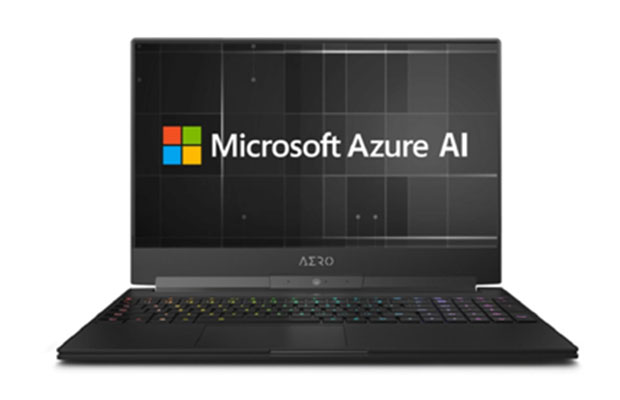
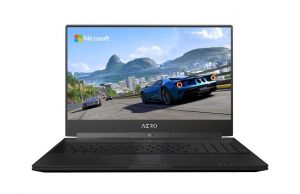
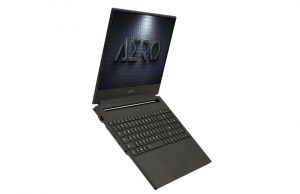
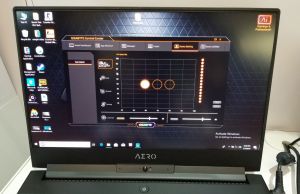

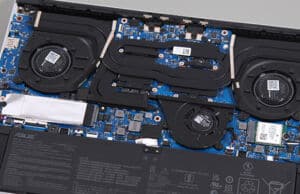
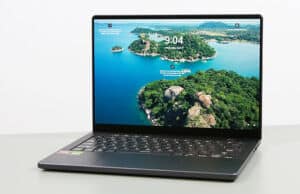
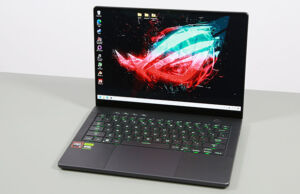
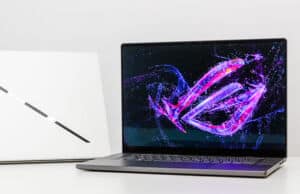
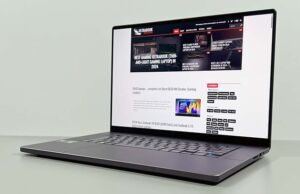
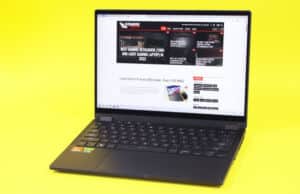




danwat1234
January 24, 2019 at 2:03 am
The 2080 isn't overkill if you plan on keeping the laptop for 10 years. Eventually new games, new scientific or engineering software will make good use of that GPU.
James Dunaway
January 30, 2019 at 8:21 am
Agreed! I keep my laptop till it dies; can't upgrade. Get top of the line if you plan on keeping your device long term.
danwat1234
January 30, 2019 at 8:22 pm
I have been using the same laptop for 10 years, an Asus G50VT-X6. Thinking of upgrading to a thin and light gaming laptop Intel Ice Lake or Ryzen 3 in 2020 , maybe :)
Peter Emmrich
April 16, 2019 at 5:58 pm
Really happy to read these comments, actually. I am looking for an all-round machine to finally move on from my 2010 Macbook Pro. I like the build quality and upgradability on this one (second DIMM slot, second SDD slot), but the heating concerns me – is running at such high temperatures going to limit the lifespan of the device?
Andrei Girbea
April 17, 2019 at 10:32 am
Most high-end ultraportables run hot, and that's something that concerns me as well. High temperatures and electronics don't usually play well together, so the question is much of the time are you going to actually play games on this laptop, and thus push CPU/GPU temperatures high. If that's the main activity, then perhaps a thicker laptop would be a smarter option, otherwise, this should be fine.
You can also consider buying extended warranty for the duration of the projected lifespan, you can get up to 4 years in most regions.